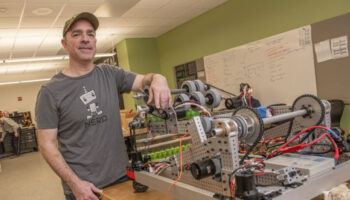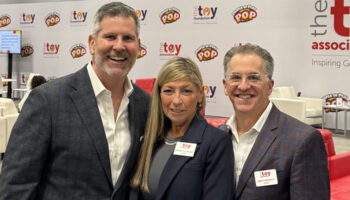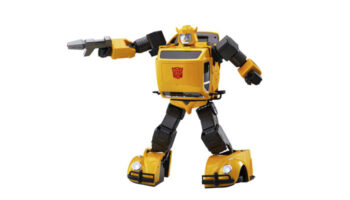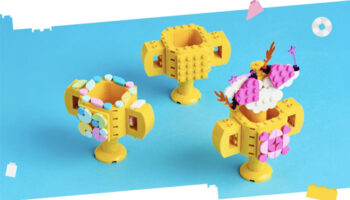The emotional roots of “Not Invented Here Syndrome”

I’ve encountered ‘Not Invented Here Syndrome’ throughout my career in the toy industry and especially, of course, in my role as Inventor Relations.
A less inexperienced me oversimplified NIHS, attributing the resistance and unwillingness to work with inventors as typical junior level designer mentality. Junior designers still need their own accolades as they start their careers as professional creatives and look to prove themselves as “innovators”.
My go-to has always been design leadership; those were the folks seasoned enough to know that in the toy industry – day in and day out, year after year – eventually you need access to all the options. Those were the people with enough years under their belt to define success as their ability to orchestrate and deliver by whatever means and with whatever resources available.
Those have been my people; the ones that drag reluctant junior designers to the table of the ‘other’. I’ve seen it many times. That story made sense to me. The seasoned design executive teaching the hard lessons of “to get anywhere in life, you need others; like it or not.”
But now, I’m more seasoned and have encountered NIHS at more senior levels – even the highest level – and so I had to revisit the story I had told myself earlier on. This was a more complicated story.
Not Invented Here Syndrome was exactly that. A complex set of emotions and behaviours not reserved for passionate youth, but anyone, at any level. So, I wanted to pick it apart a bit more on an emotional level, because turning away options is irrational, regardless of how it’s justified.
It is my sincere hope that my candour below is not offensive to anyone, but a poke here and there at what might be happening under the surface of our decision-making process when it comes to inventors.
Fear: Perhaps an outside option came into a company before and it didn’t go well, or a strong personality was encountered. Maybe both simultaneously. Oh happy day! Things weren’t managed properly so it left a bad taste for all. This is unfortunate but expected when an organisation is trying to engage but hasn’t invested in or even acknowledged that “inventor relations” might actually be a unique skillset that requires expertise and experience, along with the right personality type. And this isn’t a promotional piece. Truly, if you want to engage, please invest in and hire people with experience in this role. If you ever want to gauge “Inventor Relations” competency, ask the inventors and make it safe for them to answer you honestly.
Insecurity: This is a tough one to overcome and is based on both the self-worth of individuals and an organisation’s overall emotional health. Are they confident enough in their own capabilities and culture as innovators to welcome others to the table? Can they be gracious hosts or will they get caught in a pointless exercise of self-adulation, devaluing others’ work to prove how brilliant they are and unnecessary it is to have outside options. I’ve seen it all over the years.
Ignorance: This covers a few areas. Ignorance about how engagement actually works, and the business model behind it. Also, not seeing the investments outside resources make to create those options, therefore devaluing it over their own (value source bias).
Pride: Again, does an individual or organisation have a healthy ego? Can they tolerate looking at options without value bias tied to pride? Can they remove the need for ego validation and evaluate options objectively?
Jealously: Is there a misconception that inventors live in gold castles with royalty checks bursting out of every window? Are designers on salaried payroll a little jealous of the business model and how inventors make their money on the back end? The potential for the upside? Maybe. But they don’t see the 99 rejected concepts an inventor invested in for their one success. Believe me, inventors take their lumps. Some years are better than others. Some are painful.
Greed: Does the margin hit an item takes to make room for an inventor’s royalty hurt the company in a real way? Consider it is possible for an internal item to be more costly without expertise to execute quickly and correctly. How much in internal resources did using outside expertise save? These types of macro viewpoints aren’t always easy for people to get their heads around as they focus item-by-item, margin-by-margin.
So there you have it, my take on the emotional factors behind NIHS.
Hopefully, nothing in there poked too hard at anyone. If it did, that’s usually the one based in truth. Sorry about that.
Cheers to the industry I adore, and all of us in it, including our shortcomings. May we have the wisdom to chuckle at ourselves, push to be better collaborators, play fair, value others and most importantly, rise together.
Trina McFarland is owner and general manager at TinkerTini. To learn more about TinkerTini’s suite of inventor relations services, head to: https://www.tinkertini.net
—–
To stay in the loop with the latest news, interviews and features from the world of toy and game design, sign up to our weekly newsletter here



























